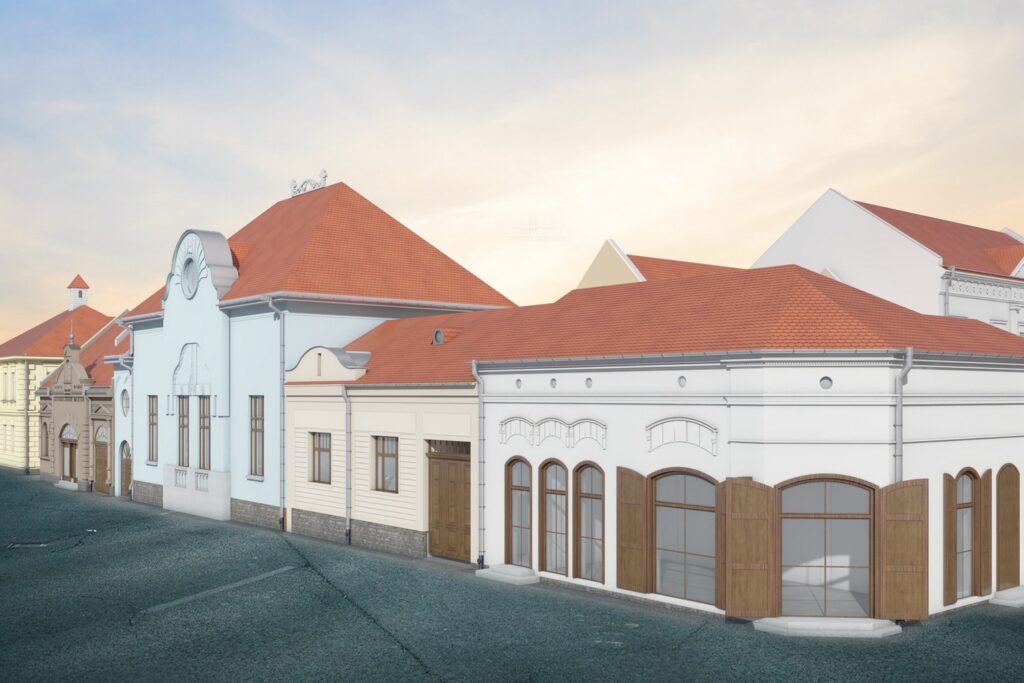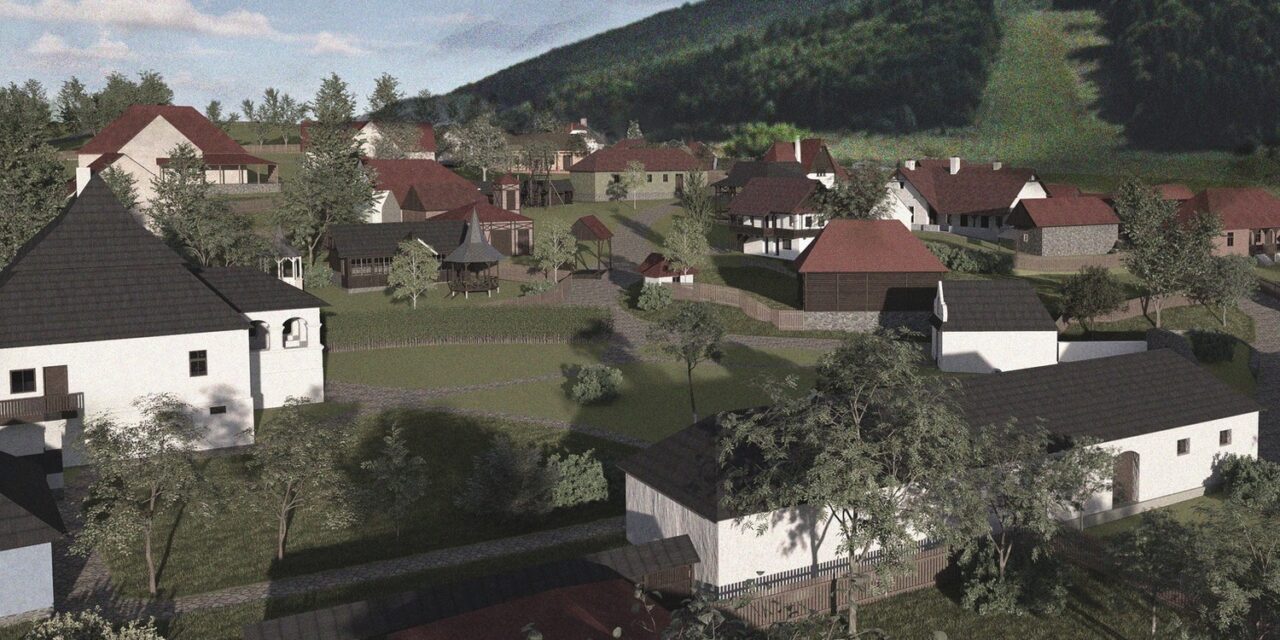The ethnographic memorial and experience park being built in Csíksomlyo will serve to preserve the tangible, intellectual and spiritual heritage of Transylvanian Hungarians, the Minister of Culture and Innovation emphasized on Saturday at the Szeged Cathedral Visitor Center, at the presentation of the book Szú, moly, rozsda, which presents the more than ten-year history of the initiative.
János Csák emphasized: the state cannot create by itself, it can only stand behind the creative people. This is why, in his opinion, it is so important that all over the Carpathian Basin there are people who are willing to create without sparing time, money and fatigue with an almost monastic dedication.
György János Kurkó has been creating the park's founding collection alone for 15 years. From sideboards to threshing machines, he collects material memories that embody spiritual heritage. In fact, he is his own patron, he uses the results of his successful businesses to implement his plan, the politician emphasized.
György János Kurkó recalled in his presentation about the plans for the park, that during a trip to Bukovina, he noticed that the houses in some villages were very similar to those in Székelyföld, and one of the churches was a fragmented copy of the one in his native village. After that, he started collecting objects, machines, and buildings. In the past 11-12 years, he has collected more than 70,000 objects, which are now stored in a 6,500 square meter warehouse.
In the almost six-hectare park, in addition to the unit showing the village and town of the 19th and early 20th centuries, you will also be able to learn about the activities carried out in the border,
such as pastoralism, lime and charcoal burning. The fact that visitors will be able to meet 117 crafts here is a world record, said the collector's patron.

Photo: Facebook / Csíksomlyó Ethnographic Memorial and Experience Park
More than 130 buildings will be built, the contractor said, stressing that he considers it important to present the memories of the 13 other nationalities living here in addition to the important buildings of the Hungarians living in Transylvania.
By reconstructing 18 former properties, the city unit presents the former main street of Csíkszereda, which was completely demolished in the 1980s, Kossuth Street. The city hall, the gendarmerie, the fire department, the printing house, the school, the kindergarten, a photographer's workshop, and replicas of the shops of some important merchants will be located here. Based on the plans drawn up in Vienna, the Hungarian-Romanian customs house in Gyimesbükk will also be rebuilt, and the park's reception building will be the former railway depot in Tusnádfürdő.
MTI
Photo: Csíksomlyó Ethnographic Memorial and Experience Park












